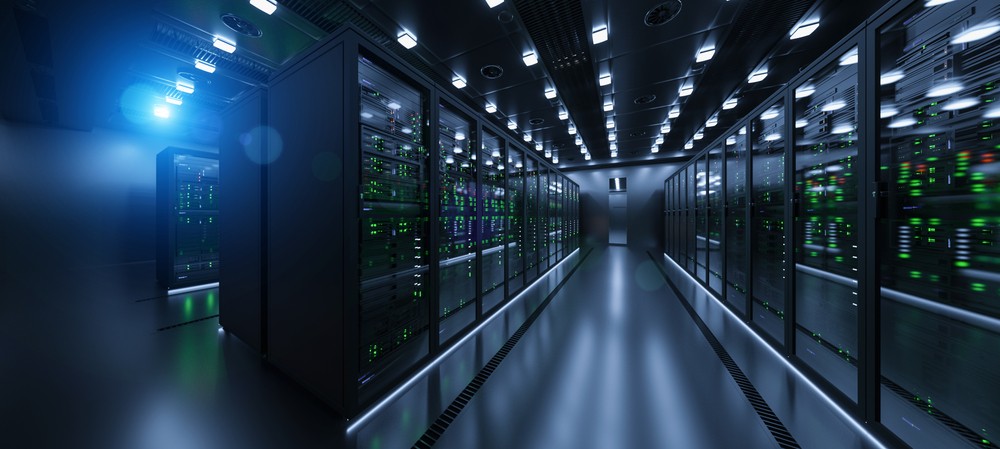Electrical asset management is undergoing a significant transformation. As critical industries, such as data centres, transport/aviation, and gigafactories, strive to decarbonise and meet sustainability goals, the shift from traditional to digital practices is becoming imperative.
The International Energy Agency predicts that electricity will make up about 50% of global energy use by 2050, requiring a more than twofold increase in electric power generation. Focusing in on Britain, the UK Government has committed to decarbonising the UK’s electricity system: It aims to do this by doubling onshore wind, tripling solar power, and quadrupling offshore wind by 2030.
The electric transition combined with an increased focus on supply from renewable energy sources, introduces new complexities to power supply. With a reliable power supply critical to future operations, and many sources expected to be heavily weather-dependent, businesses must act to minimise unplanned downtime in areas they can control.
Make or Break: Reliable Power is a Necessity
In critical sectors such as data centres, semiconductor manufacturing, and gigafactories, the need for reliable electric power is paramount. Power disruptions in data centres, for instance, can lead to costly outages, with over half of operators (54%) reporting significant outages costing more than $100,000, and 16% experiencing impacts exceeding $1 million. Power distribution issues account for approximately 52% of these incidents.
As the stakes rise, businesses must ensure that their electrical assets are dependable to minimise unplanned downtime. Simultaneously, they need to enhance energy efficiency to meet net-zero goals. Across Europe, major data centre operators have committed to achieving a power usage effectiveness ratio of 1.3 by 2030, down from the current average of 1.6 under the Climate Neutral Data Centre Pact.
The Staggering Cost of a Shutdown
A single hour of downtime can cost an average of $10 million. More significant shutdowns can lead to losses in the hundreds of millions. Compounding these challenges are the current shortages of electrical engineers and lengthy design and build timelines for new facilities. The need for safe, reliable and efficient electrical power has never been more urgent. So how can businesses shift their thinking and prevent against these disastrous scenarios?
Shifting Mindset: A New Approach
Given these pressures, businesses are rethinking their power systems to increase capacity, integrate more assets, incorporate distributed energy resources (DER) and microgrids. As electrical assets become more critical, the complexity of the underlying infrastructure is growing.
As such, managing these assets with traditional methods is no longer viable. Failure to adapt can lead to outages, inefficiencies, and costly repairs, which not only impact revenue but can also harm a company’s reputation and customer trust.
However, this challenging landscape also presents an opportunity for organisations to adopt a more strategic approach to electrical asset management. By taking a proactive approach to asset management, utilising IoT sensors to monitor equipment condition and usage remotely, organisations can fortify against potential catastrophes.
Using AI Powered Digital Technologies
By applying AI-powered analytics to data collected from sensors, businesses can continuously assess the health of electrical systems, allowing for more accurate predictive maintenance and repairs. For example, an industrial organisation that traditionally scheduled maintenance shutdowns every few years can now use real-time data to target interventions based on actual equipment conditions, often extending maintenance cycles from three years to five years.
By seeking the support of an external services team, organisations can gain access to a vast network of electrical experts, available around the clock. In addition to optimising daily operations, third party experts can help develop comprehensive electrical asset management strategies. Insights from analytics can be used to design robust infrastructures that meet the demands of Electricity 4.0. Experience driven advice on investment priorities that minimise waste through circular approaches cannot be underestimated. Balancing repairs, refurbishments, and repurposing can seem complex, but the right partner can simplify this seemingly colossal process.
Eyes Down: The Benefits of Remote Monitoring
Remote monitoring can ensure that eyes are consistently on systems, reducing the risk of any potential hindrance going a miss and causing costly downtime later down the line. Notably, at Schneider Electric we’ve found that proactive asset management prevents critical electrical asset failures for 60% of customers and reduces fire risks in monitored sites. Maintenance visits have also reduced from the standard three years to five years for 70% of monitored assets.
Additionally, the use of monitored UPS systems has significantly reduced the need for on-site visits to data centres by 66%, enhancing overall availability. Motors consume large amounts of energy in many facilities, and these too can be incorporated into the remote monitoring solutions to assist in identifying issues and optimising maintenance with rotating machines.
The Big Impact
The transition to digital practices in electrical asset management is a necessity for industries looking to secure their future and achieve sustainability goals. By embracing advanced digital technologies that utilise AI and implementing proactive strategies, businesses can ensure the reliability, efficiency, and safety of their ongoing operations. Without proper intervention, the risk of falling behind and experiencing costly downtime grows ever more likely.




